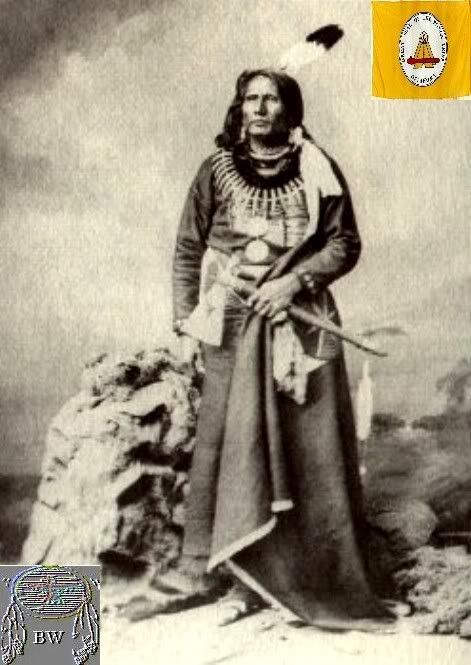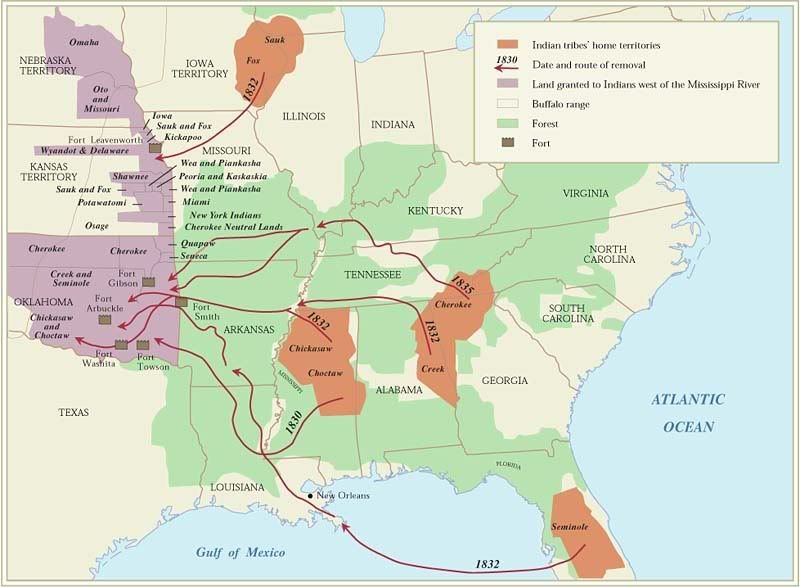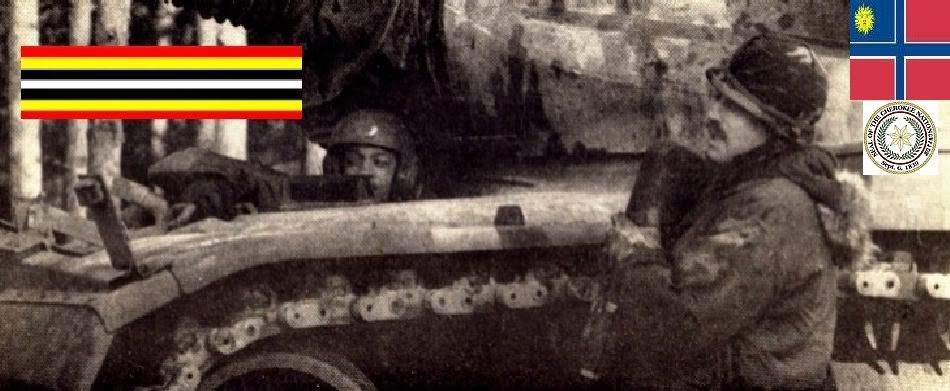|

Standing Bear
(1830-1908)
Warriors Citation
Standing Bear gained national notoriety in the late 1870s during a time of forced removal for the Ponca and other Native peoples
on the Great Plains. He led some of the Poncas on a forty-day, five-hundred-mile march from Native American Territory back
to Nebraska, In Omaha, Standing Bear became engaged in the first court case to result in a declaration that Native Americans
are to be treated as human beings under U.S. law. Thus, the army could not legally relocate a Native American by force without
case. The army promptly ignored the court order. Before they were forcibly removed from their homeland along the Niobrara
River in northern Nebraska, the Poncas had gone to great lengths to maintain friendly relationships with the United States.
In 1858, they ceded part of their homeland along the Niobrara in exchange for a homeland in the same area that was then said
to be theirs in perpetuity. Ten years later, the United States, in a classic example of sloppy bureaucracy, signed the Poncas'
land over to the Sioux, their traditional enemies, in the Laramie Treaty of 1868. It took a dozen years for the United States
to acknowledge its error; in the meantime, many of the Poncas died in Oklahoma and on forced marches. During 1877, federal
troops removed 723 Poncas from three villages along the Niobrara River to Indian Territory. The tribe was moved at bayonet
point after eight of their leaders had inspected and refused to accept the arid land that the government wanted the Poncas
to occupy in Oklahoma. During their march to Native American Territory, several of the Poncas died of starvation and disease.
A year after their removal, a third of the Poncas had died. One of the dead was a son of Standing Bear, who, determined to
bury the boy's bones in the lands of his ancestors, escaped northward toward the Niobrara with thirty other Poncas. Standing
Bear recalled: “It was winter. We started for home on foot. We barely lived until morning, it was so cold. We had nothing
but our blankets. We took the ears of corn that had dried in the fields; we ate it raw. The soles of our moccasins wore out.
We went barefoot in snow." After two month of walking, including a ten-day stop among the Otoes, the group led by Standing
Bear took shelter on land owned by the Omahas; their bloody feet leaving tracks in the snow. The following spring, U.S. Army
troops arrived at the Omaha camp and began to force the Poncas southward again. They camped for a time outside Omaha, where
local citizens obtained a writ of habeas corpus and brought the army into the federal court of Judge Elmer S. Dundy, who ruled:
" A Native American is a person within the meaning of the law, and there is no law giving the Army authority to forcibly remove
Native Americans from their lands." Ironically, the case was prepared with the help of the old Native American fighter George
Crook, who was swayed by the manifest injustice of the Poncas' case. The harsh treatment of the Poncas also received publicity
in Omaha newspapers, which wired to larger newspapers on the East Coast and caused a storm of protest letters to Congress.

Shortly after Judge Dundy denied the army's presumed power to forcibly relocate Native Americans in the case of Standing Bear,
his brother Big Snake tested the ruling by moving roughly one hundred miles in Native American Territory from the Poncas'
assigned reservation to one occupied by the Cheyennes. He did not know that Dundy had restricted the ruling to Standing Bear's
party. He was arrested by troops. On October 31, 1879, Ponca Native American agent William H. Whitman called Big Snake a troublemaker
and ordered a detail to imprison him. When Big Snake refused to surrender, contending he had committed no crime, he was shot
to death. Later, the U.S. Senate called for an investigation of the shooting and other aspects of the Poncas' tragedy. Following
the Senate investigation, Standing Bear's band was allowed to go home. Standing bear died in his homeland along the Biobrara
in 1908. From: historical accounts & records


LINK TO BRAVEHORSE WARRIORS VOLUME TWO
|

